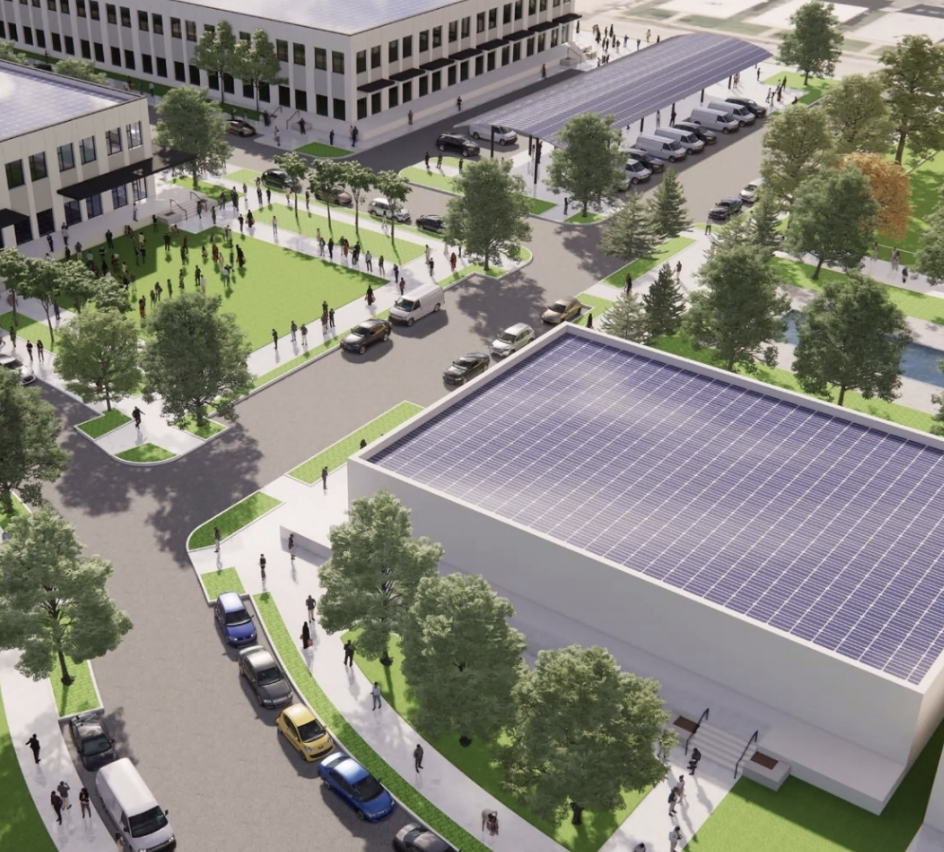By Paul Thompson
Northeast News
June 9, 2016
KANSAS CITY, Missouri – A plan to create an Independence Avenue special character overlay district took a major step forward on Tuesday, June 7, when the City Plan Commission unanimously approved the proposal recommended from the City Planning and Development office. Officially dubbed the Independence Corridor Overlay, the plan will next move on to the KCMO City Council later this month.
Northeast Chamber of Commerce and Independence Avenue CID President Bobbi Baker-Hughes serves on the Plan Commission, and was the member who recommended the overlay district for approval.
“The future development of Independence Avenue requires developed guidelines, and that those guidelines are developed to ascertain the look and the feel of the urban community that we drive to be,” said Baker-Hughes after the Plan Commission meeting. “Without those guidelines, we are just not going to build for the future.”
The request of the Planning Commission was to consider the replacement of the Independence Avenue East Special Review District and the Independence Avenue West Special Review District with the special character overlay district. Those special review districts were instituted in 1998, and are considered less strict than the regulations within the Zoning and Development code adopted in 2011.
The goal of the Independence Corridor Overlay is to create regulations requiring high-quality building designs that emphasize pedestrian traffic along the corridor. City staff held at least 10 community meetings to gather input about the Independence Corridor Overlay proposal, while also mailing roughly 1,400 letters to those along the corridor and property owners within 300 feet of the corridor.
If approved by the council, the overlay district would create alternative development and zoning goals for the Independence Avenue corridor that would regulate lot and building standards, architectural materials, facade articulation and composition, building transparency, parking and loading, screening, fencing and walls, and signage.
“Our special review district guidelines were somewhat out of date. They were created 20 years ago, so new guidelines were and are important in order to bring new elements to development,” said Baker-Hughes. “It’s a little more streamlined, and the community had an opportunity to update those guidelines. We have a lot of new blood in the community, and they needed to be able to vet this process.”
The area of the proposed overlay district includes 156 acres along the 3.5-mile Independence Avenue corridor. Current zoning includes medium-high density residential, commercial, and light industrial uses, but the majority of the uses along the corridor are commercial.
The Independence Avenue overlay district would not supersede historic overlay districts such as Pendleton Heights and Scarritt Point, which means that the historic zoning requirements of those districts would still maintain priority. If a historic overlay is silent on a particular standard, then the regulations of the proposed Independence Corridor Overlay would apply. If that is also silent on the standard, then regulation would come from the Zoning and Development Code.
For a more detailed breakdown of the Independence Corridor Overlay, check back in to next week’s issue of the Northeast News.


















